Weekender 3/22/19

Weekly News Recap
- A Reddit “Ask Me Anything” with Providence St. Joseph Health EVP / Chief Digital Officer and venture fund manager Aaron Martin gets ugly with charges of layoffs and a hostile work environment for female employees
- A France-based online medical appointment app vendor’s funding round values it at more than $1 billion
- Fortune’s cover story, “Death By 1,000 Clicks: Where Electronic Health Records Went Wrong,” says EHRs are an “unholy mess” after taxpayers spent $36 billion on their use
- Health Catalyst hires investment bankers to begin its IPO process
- The payment model of England’s NHS, which is based on a medical practice’s location, raises concern as the private company behind the GP at Hand video consultation app draws 40,000 Londoners to its practice
- Change Healthcare files IPO documents
- A survey finds that nurses who work in a positive work environment like their EHRs better and have a higher appreciation for their role in patient care
Best Reader Comments
Having sold EHR software before the government started subsidizing buying as well as after its no surprise the monetary “savings” haven’t been realized. Most physicians under-coded visits prior to using an EHR as they feared failing an audit of required documentation. Using an EHR allows faster accurate coding, which means higher medical costs. When physicians used paper to document care, they usually made very brief notes with the patient in the exam room. Then they spent hours dictating progress or writing progress notes after business hours. This delay often led to missing information in the notes. Many charts were unreadable or missing when needed. The paper records were far from perfect and hid many more medical errors. (Matt)
No one took the time to redesign the healthcare process [before designing EHRs] and develop roles and tasks that automation could efficiently support. A quick read of the Toyota Production System’s approach to adopting new technology shows how backward EHR adoption has been. We do have great examples in health care where automation was handled properly. Voice recognition reduced radiology turn around times to minutes from days. Lab automation and electronic communication linked robotic testing results to the medical record with near instantaneous availability. Bedside MARs measurably improved patient safety. But when it came time to do the big one, we dropped the ball. (Steve O’Neill)
There’s not a Theranos story [with journalism investigating the EHR industry], but there is a story of companies that grew much too quickly, are governed largely by crisis and chaos, have an ethos of “put something out there and fix it later” (or, promise something and create it later), are operated at all levels but the very top mostly by 20-somethings, and have had plenty of lapses of both execution and ethics in the post-HITECH boom. (Fred)
Back in the very first days of the MU program, I sat in a meeting room at a state hospital association conference and heard a CMS regional administrator say, “We won’t pay for that which we can’t measure,” i.e, if you are documenting in a way that makes it difficult or impossible to collect data and compare how you’re doing with other providers, we aren’t going to pay you. Lab results, vital signs, and drug administrations are all relatively easy to collect data for measurement. Medical necessity pass/fail rates are fairly easy. Acceptable Use Criteria will make diagnostic imaging more easily measurable. CPOE made order patterns measurable. Specificity in documentation to get to the most specific diagnosis code possible is measurable. MU was in large part about making as much information as possible measurable. That it took billions of dollars to get an industry notoriously resistant to any oversight in how they function was a feature, not a bug. (MEDITECH Customer)
Physicians are in such limited supply and command such high salaries that the entire clinic or unit orient themselves around having the MD always operate at the “top of their license.” This means that the MD interaction with the patient will consist of 1.) dispensing whatever information only the MD and no one else in the clinic can dispense. 2.) doing the bare minimum to ensure that the patient is billed for number one. Doctors will not get paid >100 dollars an hour to look people in the eye, have a conversation or connection, take a clinical measurement, have an original thought, etc. All of those things can be done by a medical assistant or a nurse or someone cheap. We could assign a scribe to every physician so the wouldn’t ever have to touch an EHR; I think doctors would be marginally happier but not significantly. The reality is that physicians are now employees and no longer run the show. Like the rest of us employees, the only meaningful changes will come from unions or the legislature.(SelfInflictedWound)
I have been in the healthcare industry for years and am guilty of not having a PCP. I had never really thought about the “relationship” aspect of a physician and why it would be beneficial to have someone engaged in my care that has seen me over a period of years rather than a quick trip in when I am not feeling well. Technology continues to change how we interact and socialize with others. It will be interesting to see how the doctor-patient connections morph as technology continues to be more readily available and acceptable in new areas. (Steph M.)
Watercooler Talk Tidbits


Readers funded the DonorsChoose teacher grant request of Ms. T in Texas, who asked for 35 calculators for her elementary school class (I’m not exactly sure what kind of class, but she mentions that all students are girls who have overcome adversity). She reports, “Students today have easy access to a lot of technology, but they are not always taught how to use it correctly. One thing I have noticed in the past is that students struggle to use calculators correctly. This causes a problem as they progress in school and have more access to them and are expected to use them in Algebra. The impact of your gift is that now, students at my school have the ability to be taught how to properly use a calculator before reaching the upper level math classes. Thank you for allowing them this introduction!”
Researchers working with a woman who can detect Parkinson’s disease based on the smell of patients create a diagnostic test as a result, using mass spectrometry to isolate the four compounds that are most responsible. The former nurse can also detect cancer and tuberculosis, which will be the subject of another round of research.
A 59-year-old woman who suffers from early onset dementia is sent from a local hospital to Oregon Health & Science University for urgent heart bypass surgery and valve repair. She then developed a post-op infection that left her hospitalized for a month, after which OHSU billed her for the $227,000 part of her stay that her insurer wouldn’t cover because the hospital is out of its network. Her husband, whose Social Security payments of $1,900 per month make up the family’s entire income, says the hospital never told him about the out-of-network costs or offered a transfer to an in-network hospital. The couple is relieved that OHSU finally agreed to write off the bill under a charity waiver obtained with the help of a non-profit group, but resents getting collection calls for six months.
Bizarre: the Buffalo Wild Wings restaurant chain rolls out a March Madness “Jewel Stool” that is comfortable for men who have just undergone vasectomies, with the idea coming from data pulled from Athenahealth’s netowrk indicating that urologists perform 41 percent more vasectomies on the first Friday of March Madness compared to the typical Friday. Urology practices like the one above are even running March Madness snip specials.

A retired, Harvard-trained cardiologist whose restaurant waitress daughter asked him to cover a busboy shift saves a choking woman just five minutes into the job by performing the Heimlich maneuver.
In Case You Missed It
- News 3/22/19
- EPtalk by Dr. Jayne 3/21/19
- News 3/20/19
- HIStalk Interviews Cedric Truss, DHA, Director Health Informatics Program, Georgia State University
- Curbside Consult with Dr. Jayne 3/18/19
- Monday Morning Update 3/18/19
Get Involved
- Join my Rolodex to provide occasional news reaction or ideas
- Contribute regularly as a provider CIO, IT director, or informatics nurse (anonymous or not)
- Be interviewed (providers)
- Deliver an educational webinar (providers)
- Sponsor
- Report a news item or rumor (anonymous or not)
- Sign up for email updates
- Connect on LinkedIn
- Contact Mr. H





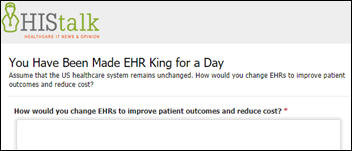

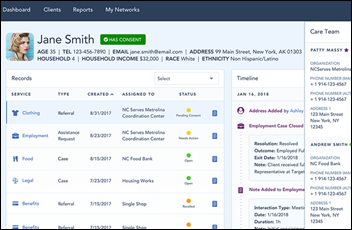
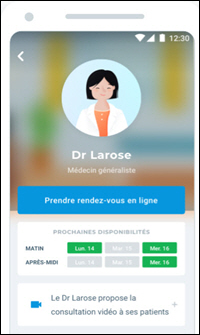

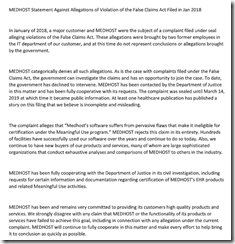







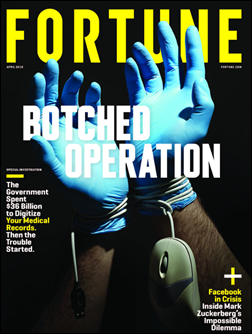












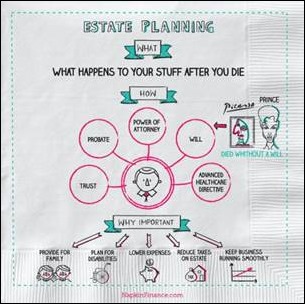

























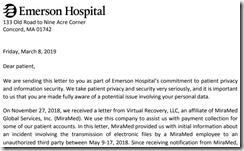

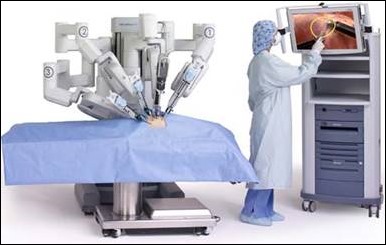









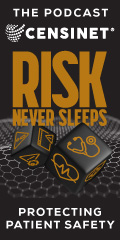
























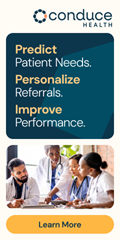















































Would have liked to have seen more about Expanse here. Would like to see more about it on this site…